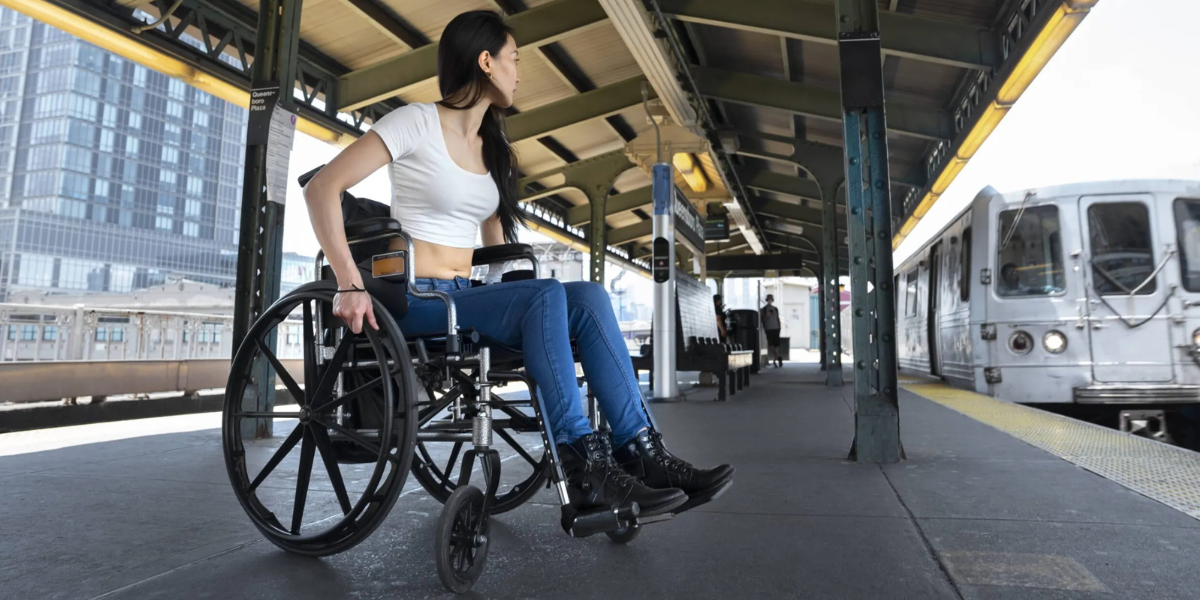Travelling with a wheelchair can be stressful, but with the right tips and planning, it can also be smooth and enjoyable. When choosing a wheelchair for travel, there are several important factors to consider. Wheelchair users may need to adapt their travel plans compared to other travellers, but with the right knowledge, determination, and preparation, anything is achievable.
1. Research Accessibility
Before booking your trip, make sure your destination is accessible. Look into transport options, wheelchair-friendly attractions, and barrier-free accommodation. Many travel websites and forums offer helpful feedback from other wheelchair users who have already visited the location you’re considering.
2. Prioritise Comfort with Ergonomic Design
For a more enjoyable and comfortable journey, consider a wheelchair with ergonomic features. Look for cushioned seating, adjustable armrests, and ergonomic handles that support your posture and reduce strain. Prioritising comfort means you’ll be able to explore and create memories without discomfort holding you back.
3. Choose the Right Type of Wheelchair
Selecting the right wheelchair for your travel needs is essential. Here are two commonly used options:
Manual Wheelchairs
Manual wheelchairs are lightweight, easy to fold, and ideal for travel. Their compact design makes them simple to transport, and users can self-propel using the hand rims. They offer flexibility and independence across a variety of settings with minimal maintenance.
Power Wheelchairs
Power wheelchairs are battery-operated and controlled with a joystick or similar interface. They're ideal for people with limited upper-body strength or endurance. These chairs are great for longer distances or rougher terrain and provide excellent support, comfort, and control.
4. Notify Airlines and Accommodation in Advance
When booking flights or hotels, be sure to let them know about your wheelchair needs in advance. Airlines can arrange wheelchair assistance throughout the airport and ensure smooth boarding and disembarking. Accommodation providers can also offer accessible features like roll-in showers, grab bars, and wider doorways.
5. Connect with Local Resources
Get in touch with local disability organisations or support groups at your destination. They can offer valuable advice, from accessible tourist spots to local transport options and services designed for wheelchair users.
6. Stay Informed and Be Flexible
Keep yourself informed about local accessibility rules and possible obstacles you might face while travelling. Being flexible is important—plans may change, and challenges may arise. Stay positive, embrace the experience, and go with the flow when necessary.
7. Secure the Right Travel Health Insurance
Travel health insurance is important for everyone, especially if you have a medical condition. Make sure you’re covered for things like medical emergencies, prescriptions, check-ups, and specialist care. Having the right insurance gives you peace of mind and protects you from unexpected costs while you’re away.
If you’re thinking about updating your wheelchair before your next trip, feel free to reach out. Our experienced team is here to help with friendly advice and mobility solutions that suit your individual needs.
We look forward to helping you prepare for your next adventure!



